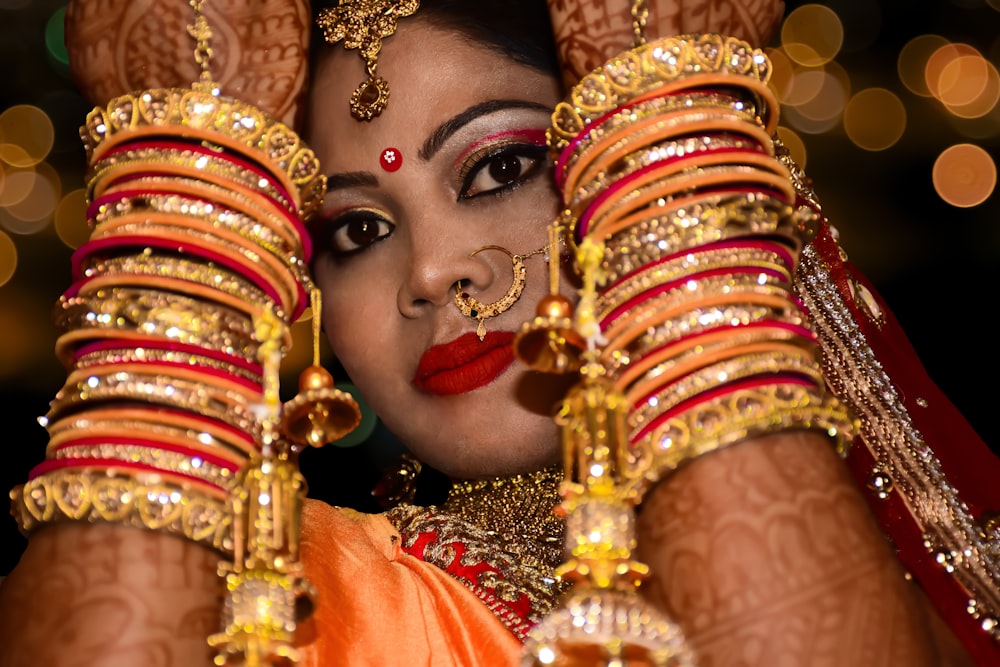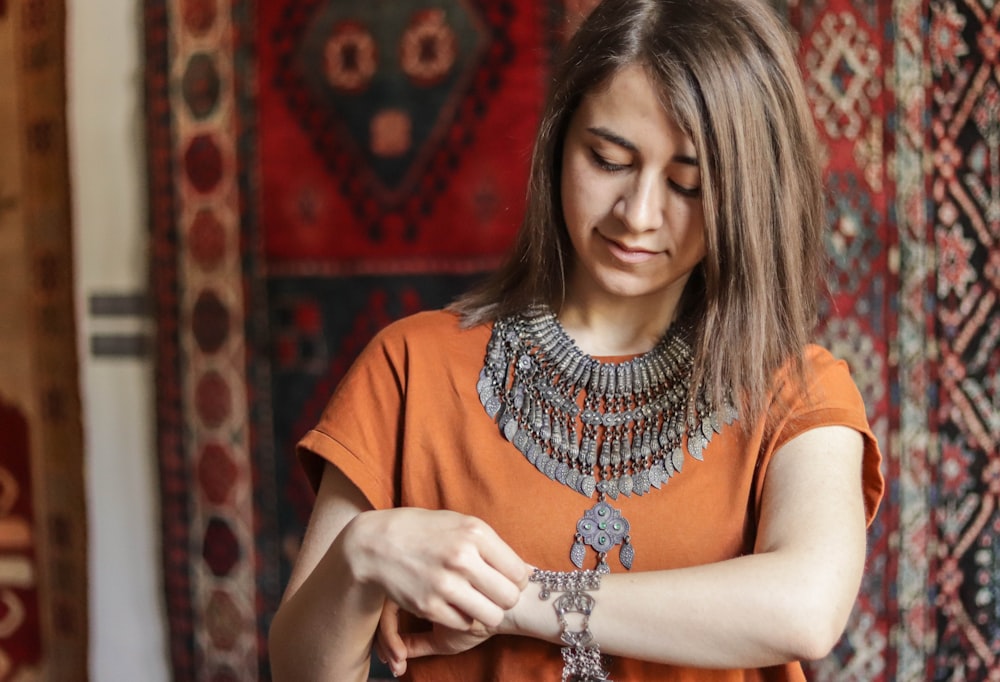When it comes to adorning the body, jewelry has always been one of the most popular choices. From the earliest times, jewellery has been used to signify rank and status, to demonstrate wealth, and as a form of personal expression. But jewellery is not just about looking good. It can also be incredibly useful, serving a wide variety of purposes, from protecting against harm to warding off evil spirits. Throughout history, jewellery has taken on many different meanings and played a variety of roles, so it is no wonder it has a strong hold on the human imagination.
In this article, we will g over the most interesting facts about jewellery, delving into its long and complex history. We will explore the many different uses of jewellery, from its earliest beginnings to the present day. So sit back, and get ready to learn all there is to know about this fascinating subject.
Some Jewellery Are Known For Their Healing Powers
Certain types of jewellery are thought to have healing properties. Different gemstones are thought to have different powers, and they are often used in jewellery to help treat a wide variety of ailments. They have been used for this purpose for centuries, and many people still believe in their healing properties today.
One of the most popular gemstones for healing is red jasper. It is thought to be helpful for problems such as stomach aches, insomnia, and anxiety It is also used to help with blood disorders. And while red jasper has healing properties, it is also considered to be a very lucky stone. So whether you believe in its healing properties or not, it is a stone worth wearing!
Other gemstones that are thought to have healing properties include amethyst, turquoise, and obsidian. All of these stones are still used today in jewellery and other objects. And while some people are skeptical about their many benefits, many people believe in them and swear by their powers. One thing is sure- it can’t hurt to try wearing some of these gemstones and see if they have any effect on you!
Jewellery Has Been Used as a Form of Currency
The first recorded use of jewellery as currency dates back to around 10,000 BC, in the form of decorated shells that were used as a means of exchange in the Sumerian culture of ancient Mesopotamia. In other parts of the world, jewellery has also been used as a form of currency. Some historians believe that the word “cash” derives from the Sanskrit word “kāṣaḥ”, which refers to a type of bracelet or anklet made from precious metals.
In more recent times, jewellery has been used as a form of currency in many different ways. For example, during the Second World War, many countries introduced “utility” jewellery, which was made from base metals such as copper and brass. This was done to save precious metal resources for the war effort. In addition, women were encouraged to hand in their gold wedding rings to be melted down and turned into coins.
Jewellery Has Been Used as a Form of Protection
In ancient times, it was believed that certain amulets and talismans could ward off evil spirits and protect the wearer from harm. This belief is still held by many people today, and a wide variety of jewellery with protective properties is still sold.
One of the most popular items of protective jewellery is the evil eye charm, which is thought to ward off bad luck. Evil eye charms can be found in many different cultures, and are often made from glass or ceramic. In some cases, they may also contain a small amount of metal, such as silver or gold. Another popular item of protective jewellery is the crucifix. This is a Christian symbol that represents the suffering of Jesus Christ on the cross. It is commonly worn as a necklace or ring and is thought to protect the wearer from harm.
Jewellery with protective properties is still very popular today, especially among those who are superstitious or have a strong belief in the supernatural. You will often see people wearing evil eye charms, crucifixes, and other items of protective jewellery.
Jewellery Has Been Used as a Status Symbol
From the earliest times, jewellery has been used to signify rank and status. In ancient societies, only the most wealthy and powerful people could afford to wear elaborate jewellery made from gold and other precious materials. This was because jewellery was extremely expensive to produce, and only those with a lot of money could afford it.
So, for example, in ancient Egypt, only pharaohs and their families were allowed to wear gold jewellery. In medieval Europe, only those of high rank were permitted to wear fur-trimmed cloaks and other items of clothing that were made from luxurious materials. And in China, during the Qing Dynasty, only members of the imperial family were allowed to wear clothing made from yellow silk. It is not much different today. In today’s society, only those with a lot of money can afford to buy luxury items such as diamond jewellery and designer clothes.
Jewellery Has Been Used as a Form of Self-Expression
Some people see jewellery as a way to express their personality and style. This has been the case throughout history, with people using jewellery to show their allegiance to a particular group or to display their wealth and status.
For example, in ancient Rome, senators would wear rings made from gold to show their rank. And in medieval Europe, knights would wear colorful coats of arms on their clothing to show their allegiances. In other cultures, jewellery is often used to show the membership of a particular group. For example, in some African cultures, women wear bracelets and necklaces that show that they are married. It also shows how many children they have. In India, married women often wear bangles made from gold and silver.

Published by HOLR Magazine.



